Registrations
We now manually approve all new user accounts due to a large influx of spam bots. Accounts are normally approved within 48 hours.
If you need any help with using this Wiki, please ask here: TalkFord.com Wiki Submission Forum
Brake Pad Replacement - Rear (Mondeo Mk2)
For more information, visit the Ford Mondeo forum on TalkFord.com, the definitive resource site covering all Fords from the present day to the 1970's.
|
Overview Guide | |
| Ford Model: | Mondeo Mk2 |
|---|---|
| Petrol/Diesel: | ???? |
| Estimated Cost: | ? |
| Difficulty? | ????? |
| How long does this take? | ????? |
UNDER CONSTRUCTION
http://www.talkford.com/topic/127126-rear-brake-disc-pad-change-ae%E2%80%9C-mk2/
Rear Brake Disc (Pad Change) Mondeo Mk2
Tools required:
Tapered Punch Cold Steel Chisel Hammer Emery Cloth (Sand Paper) Long Nose Pliers Copper Grease (or CeraTec) Torx bits (only required if changing the Discs at the same time)
Procedure (as per the Haynes Manual)
1. Chock the front wheels, and engage 1st gear (or Park). Loosen the rear wheel nuts (19mm socket), then jack up the rear of the vehicle and support it on axle stands. Remove the rear wheels, and release the handbrake.
2. Work on one brake assembly at a time, using the assembled brake for reference if necessary.
3. Disconnect the brake pad wear warning light wiring plug, and release the wiring from the clip on the brake caliper, noting its routing. Only the inner pad is fitted with a wear warning light wire.
4. On Estate models only, to enable the caliper to pivot rearwards in order to allow pad removal, the handbrake cable must be disconnected from the caliper. Using pliers, compress the tangs on the outer cable retaining clip, and release the outer cable from the caliper bracket. Ensure that the handbrake is released, then swivel the caliper handbrake arm to obtain some slack in the cable, and use a pair of pliers to pull out and disconnect the inner cable from the arm. Once the cable has been disconnected, don't operate the hand brake arm excessively, as this will make refitting the cable more difficult.
5. Extract the spring clip (mine were so corroded that I had to chisel them flush and press the rusted remains out and re-drill to oversize the holes for the new green clip pictured below), then pull out the retaining pin securing the caliper to the carrier bracket. (this is where I used the hammer and tapered punch)
Note that on Saloon and Hatchback models, the pin is at the bottom of the caliper, whereas on Estate models, it is at the top.
6. Swivel the caliper away from the carrier bracket, to expose the brake pads.
7. On Saloon and Hatchback models, unbolt the brake hose bracket from the rear suspension strut, to avoid straining the flexi-hose.
8. On Estate models, the flexible hose cannot be readily detached to avoid straining it. To relieve the strain on the hose, place a jack below the suspension arm, and carefully compress the suspension a little.
9. If necessary, the caliper may be completely removed by prising off the cap and unscrewing the pivot guide bolt. Support the caliper on an axle stand, or tie it to one side with wire. Do not allow it to hang down unsupported, as this will strain the brake hose.
10. Remove the pads from the carrier bracket, noting their fitted positions (the inner pad is fitted with the wear warning light wire). Brush all dust and dirt from the caliper, pads and disc, but do not inhale it, as it may be harmful to your health. Scrape any corrosion from the edge of the disc.
11. Inspect the rear brake disc for excessive grooves and wear (I changed my discs whilst doing the pads)
- Just involved removing the carrying bracket from the back of the hub (2 Torx bolts as shown in pics) *****
12. Before fitting the new pads, screw the caliper piston fully into its bore, at the same time pressing the piston fully to the bottom of the bore (On my car Mk2 1997 V6 Hatch) the piston wound in Clockwise on both left and right side of vehicle) use long-nosed pliers engaged with the cut-outs in the piston face. Brake fluid will be displaced into the master cylinder reservoir, so check first that there is enough space to accept the fluid. If necessary, syphon off some of the fluid beforehand.
13. The caliper piston must be rotated so that one of the cut-outs is positioned to engage with the lug on the back of the Inner pad, with the piston's round orientation drilling uppermost.
14. Fit the new pads, noting that the Inner pad has the wear warning light wire. Apply a little copper-based brake grease to the contact areas on the brake pad backing plates, taking care not to get any on the friction material.
15. Swivel the caliper back into position engaging the piston cut-out with the lug on the back of the Inner pad, and secure with the retaining pin and spring clip (like in very top pic). Do not depress the brake pedal until the handbrake cable has been reconnected, since the extra pad-to-disc clearance. makes reconnecting the cable easier.
16. Reconnect the cable to the caliper operating arm.
17. Refit the brake hose bracket, or lower the jack under the suspension arm. as applicable.
18. Reconnect the brake pad wear Warning light connector plug, and clip the plug onto the caliper. The wiring should not be under any strain, check the wire routing on the other rear brake if in doubt.
19. Firmly depress he brake pedal a few times, to bring the pads to their normal working position. Check the level of the brake fluid in the reservoir, and top-up if necessary.
20. Give the vehicle a road test, to make sure that the brakes ARE functioning correctly, and to bed-in the new linings to the contours of the disc. Remember that full braking efficiency will not be obtained until the new linings have bedded-in.
All in all, took me around three hours to do both sides :D
Hope it may be of some use to all out there
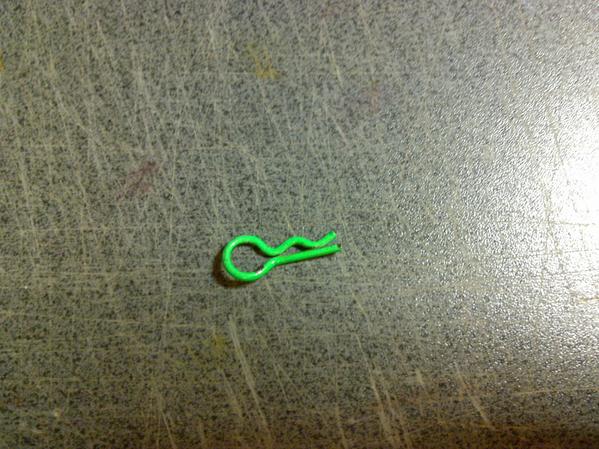
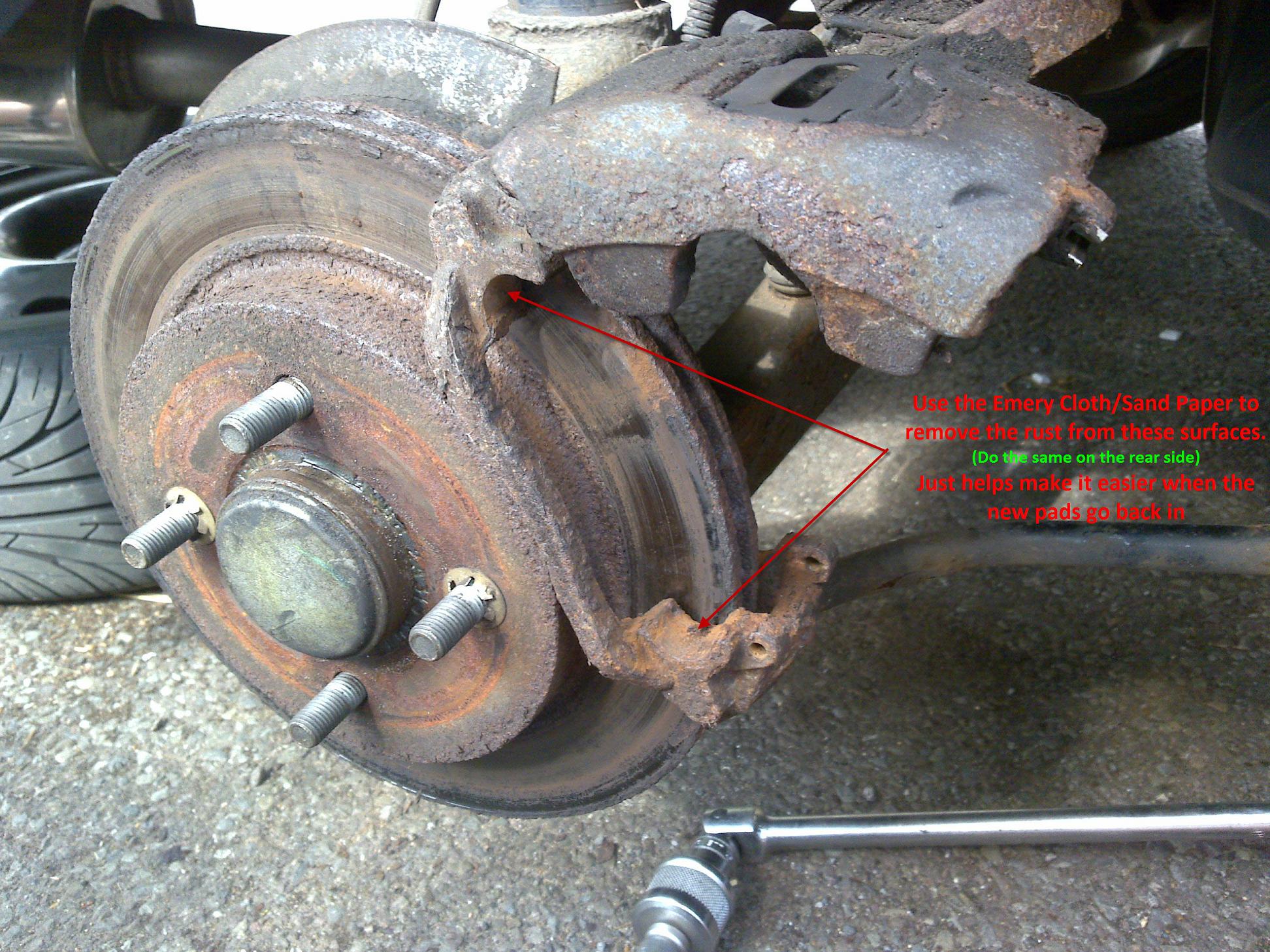
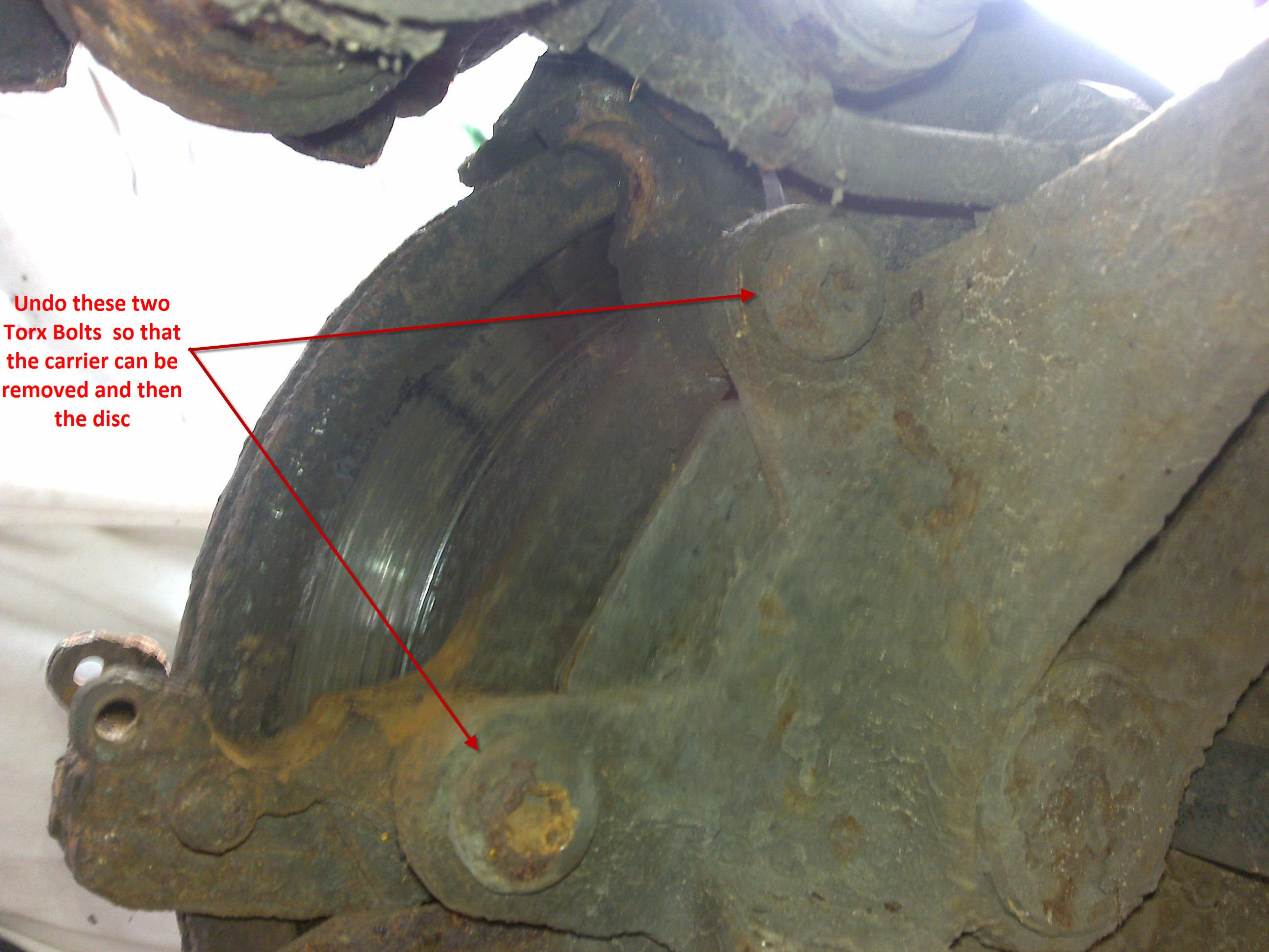
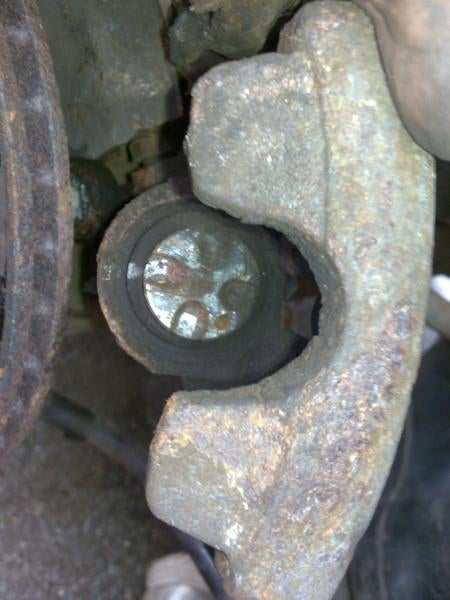
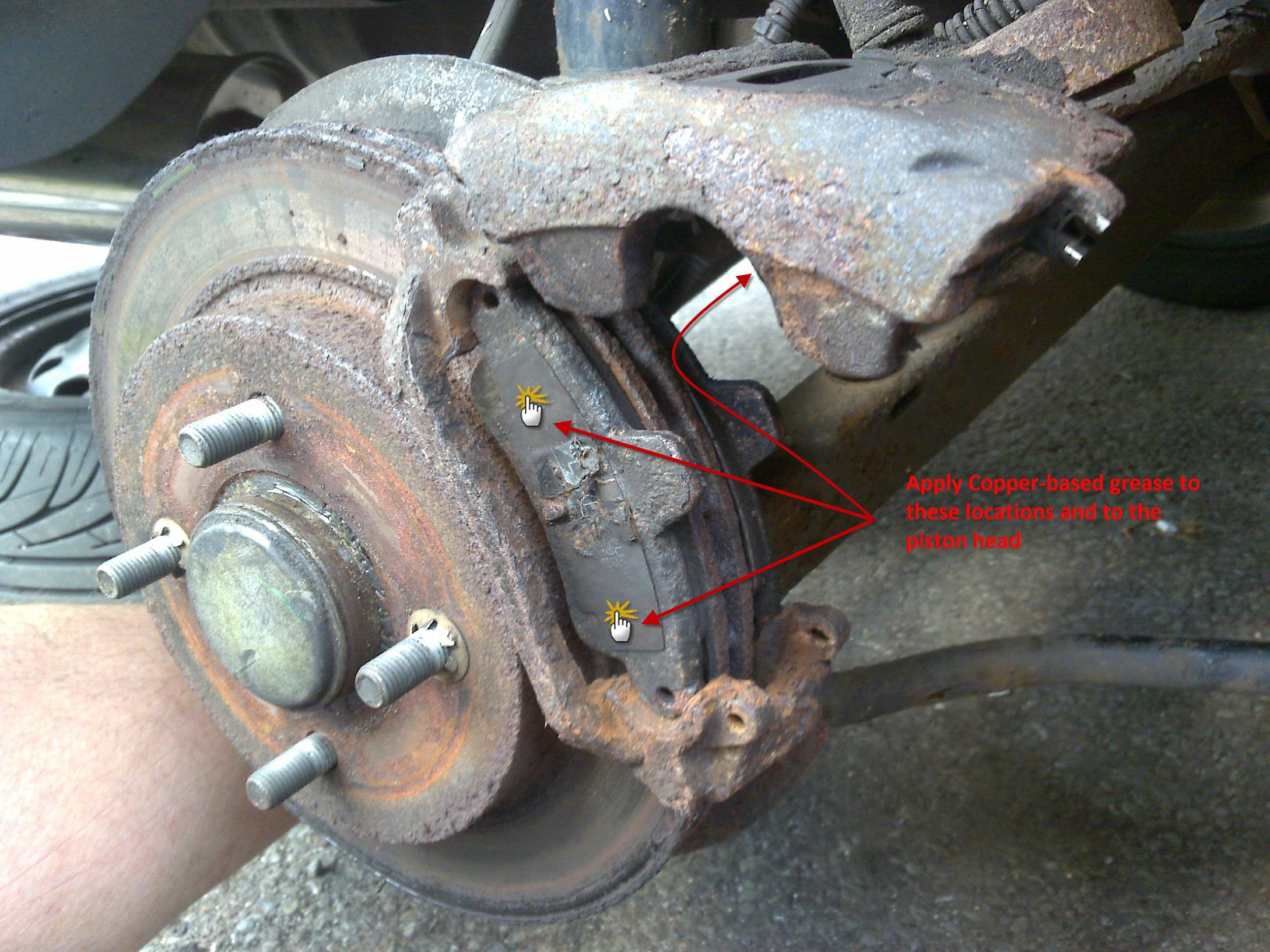
 Your Privacy Choices
Your Privacy Choices